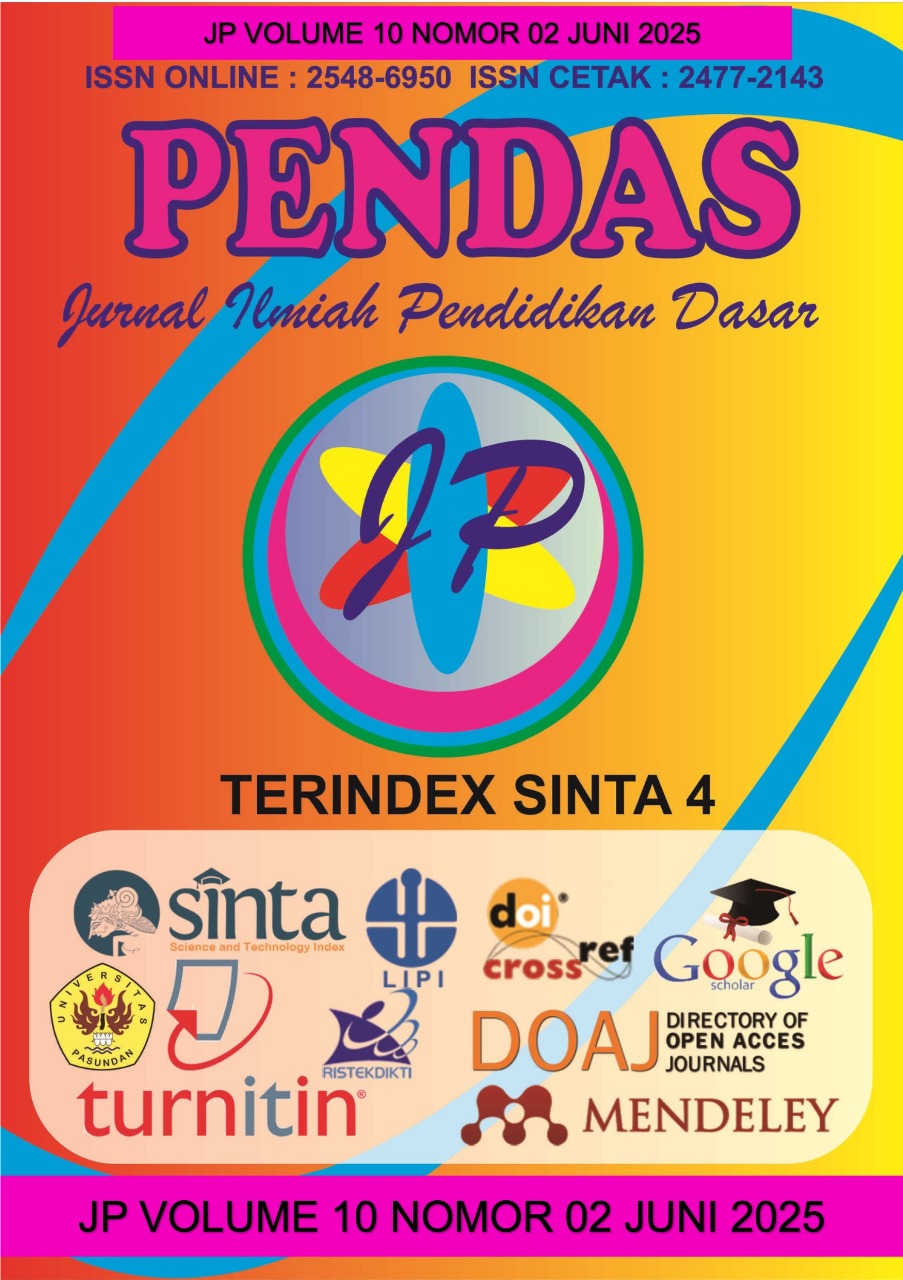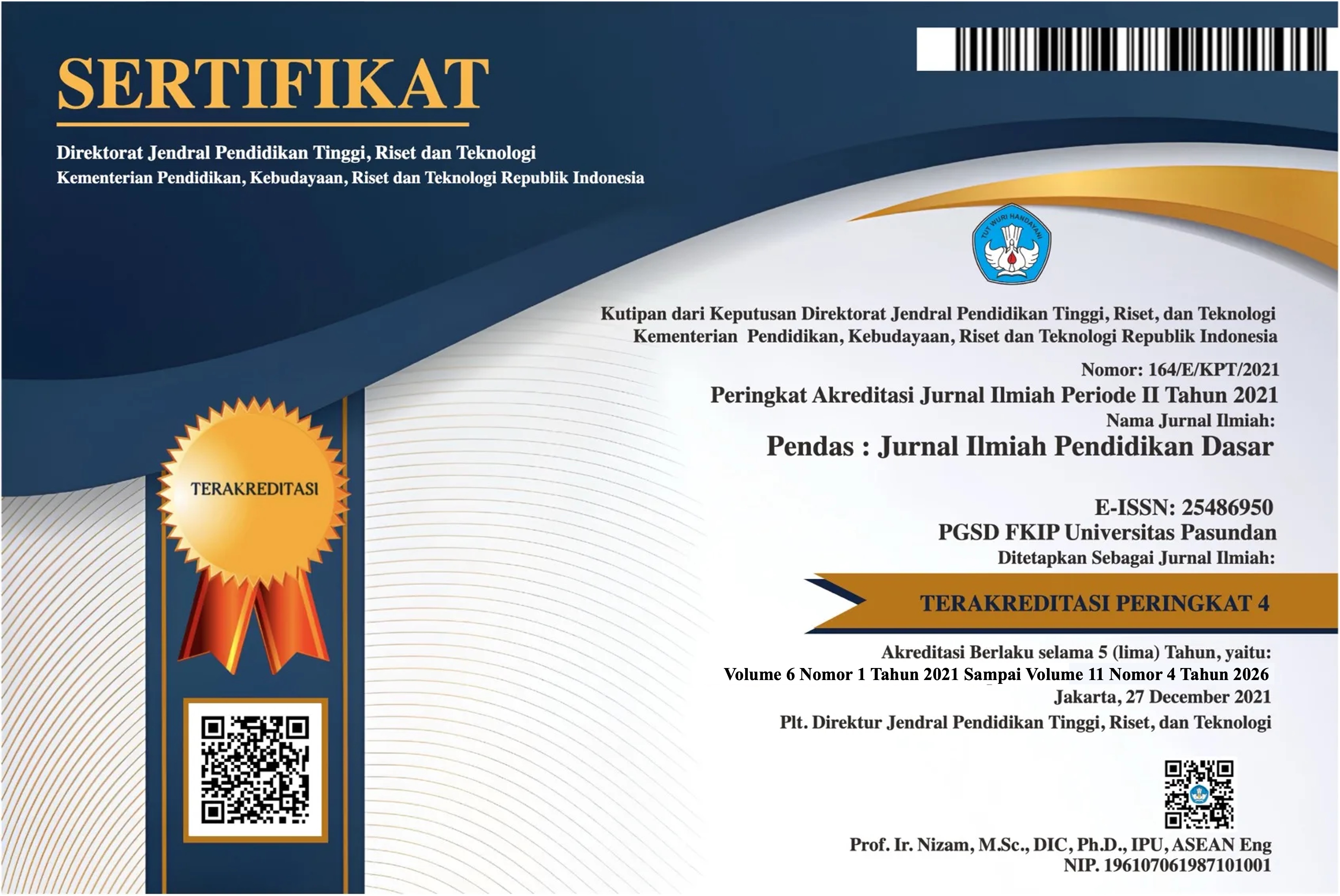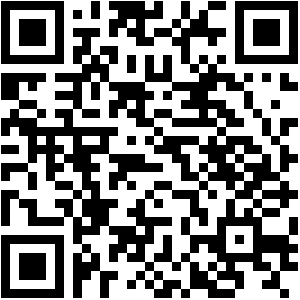EFEKTIVITAS PENGGUNAAN MEDIA PEMBELAJARAN PAPISIM (PAPAN PINTAR SIMBIOSIS) TERHADAP PEMAHAMAN KONSEP SIMBIOSIS PESERTA DIDIK SDN KETEGAN
DOI:
https://doi.org/10.23969/jp.v10i02.26536Keywords:
PAPISIM (Symbiosis smart board); Understanding the Concept of Symbiosis; Natural science;Abstract
This research aims to determine the effect of using PAPISIM (Simbiosis Smart Board) learning media on students' understanding of the concept of symbiosis at elementary school level. This research was carried out at Ketegan Elementary School, Tanggulangin District, Sidoarjo Regency. After conducting research at the school, it was discovered that class III students still had difficulty understanding the concept of symbiosis, even though examples were often encountered in everyday life. The method applied in this research is a quantitative method with a Pre-Experimental design of the One Group Pretest-Posttest type. The research subjects consisted of all class III students at SDN Ketegan in the 2024/2025 academic year, totaling 15 students, with a sampling technique using the census or total sampling method. The results of data analysis show that there is a significant influence from the use of PAPISIM media, this is proven by the results of the hypothesis test which shows a significance value (Sig. 2-tiled) of 0.000 which is smaller than 0.005, so H0 is rejected and H1 is accepted. In conclusion, PAPISIM learning media has proven to be effective in increasing understanding of the concept of symbiosis for class III students at SDN Ketegan.
Downloads
References
A.Siroj, R., Afgani, W., Fatimah, Septaria, D., & Salsabila, G. Z. (2024). Metode Penelitian Kuantitatif Pendekatan Ilmiah untuk Analisis Data. Jurnal Review Pendidikan Dan Pengajaran, 7(3), 1861–1864.
Amal, B. I., & Mizan, S. (2021). Pengembangan Papisim (Papan Pintar Simbiosis) Pada Pembelajaran Ipa Tema 5 Subtema 2 Pembelajaran 5 Siswa Kelas V Di Mi Al-Ma’Arif Cumpleng Kabupaten Lamongan. Prosiding Seminar Nasional Penelitian Dan Pengabdian Masayarakat, 6(1), 413–419. http://prosiding.unirow.ac.id/index.php/SNasPPM
Dewi, P. Y. A. (2021). Teori dan Aplikasi Pembelajaran IPA SD/MI. Yayasan Penerbit Muhammad Zaini.
Dominikus, U. D. (2019). Metode Penelitian Kuantitatif. In Metode Penelitian Kuantitatif.
Gumilar, E. B. (2023). Problematika Pembelajaran Ipa Pada Kurikulum Merdeka Di Sekolah Dasar / Madrasah Ibtidaiyah. Jurnal Ilmiah Pedagogy, 2(1), 129.
Harries, I. S. &. (2021). Metode Penelitian Kuantitatif. Indigi Media.
Kadek, N., & Devi, L. (2024). Analisis Pelaksanaan Kegiatan Numerasi dengan Metode Matematika Gasing Yang di Kaitkan dengan Permainan Tradisional pada Siswa Kelas 4 SD N 1 Demulih. 4.
Sarumaha, D. H. & M. (2020). Teori Pengenalan Ilmu Pengetahuan Alam pada Usia Dini. PM Publisher.
Suhri, A. G. M., Hashifah, F. N., & Hasan, P. A. (2024). Ekologi Hewan. CV. Eureka Media Aksara.
Sulaimi, A. I. (2022). Analisis Metode Outdoor Learning pada Rencana Pelaksanaan Pembelajaran Ilmu Pengetahuan Alam di SMP Negeri 21 Kota Bengkulu. Repository IAIN Bengkulu. http://repository.iainbengkulu.ac.id/8837/%0Ahttp://repository.iainbengkulu.ac.id/8837/1/ANGGI IRNA SULAIMI.pdf
Yasin, M., & Kerley, F. (2023). Media Pembelajaran Inovatif (Menerapkan Media Pembelajaran Kreatif untuk Menyongsong Pendidikan di Era Society 5.0) (Efitra (ed.)). PT. Sonpedia Publishing Indonesia.
Downloads
Published
Issue
Section
License
Copyright (c) 2025 Pendas : Jurnal Ilmiah Pendidikan Dasar

This work is licensed under a Creative Commons Attribution 4.0 International License.



















